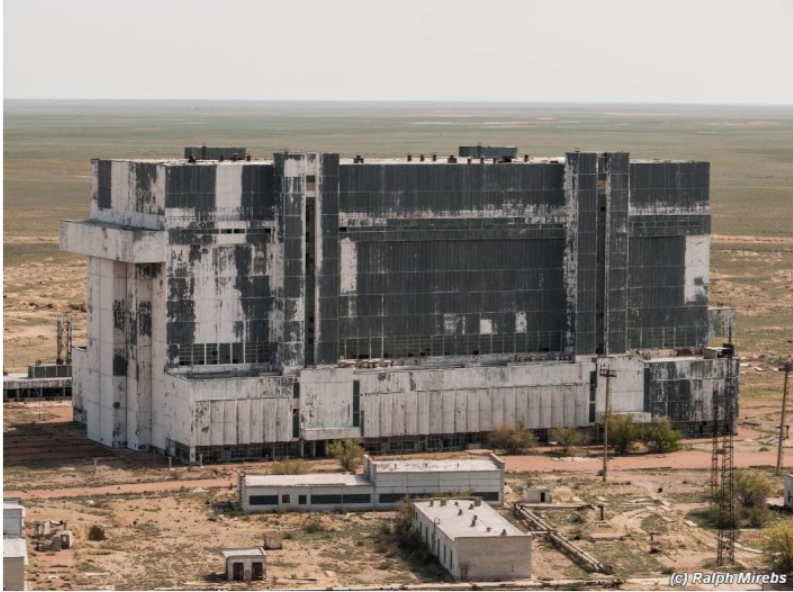Ralph Mirebs, a photographer and urban explorer, discovered a unique and extraordinary artifact. Ralph, during his travels in Kazakhstan, came across a massive abandoned structure. The structure initially resembled a huge airport hangar, but it was clearly much larger. After gaining entry, he recognized that this was a unique structure housing two of the most priceless artifacts in the world.
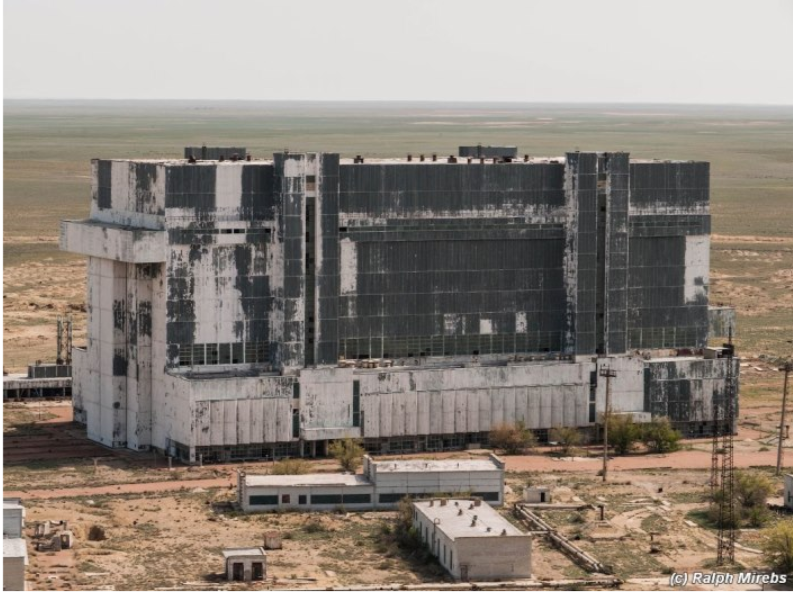
Just scroll down to see these breathtaking pictures for yourself.
The Baikonur Cosmodrome in Kazakhstan is home to an unused hangar. In the distant past, there was a Cosmodrome that is still in use today. After the recent cancellation of the NASA Space Program, this is the only launch site for the Russian Soyuz space shuttles that carry personnel to the International Space Station. This particular hangar dates back to an era when the United States and Russia were engaged in a heated space race.
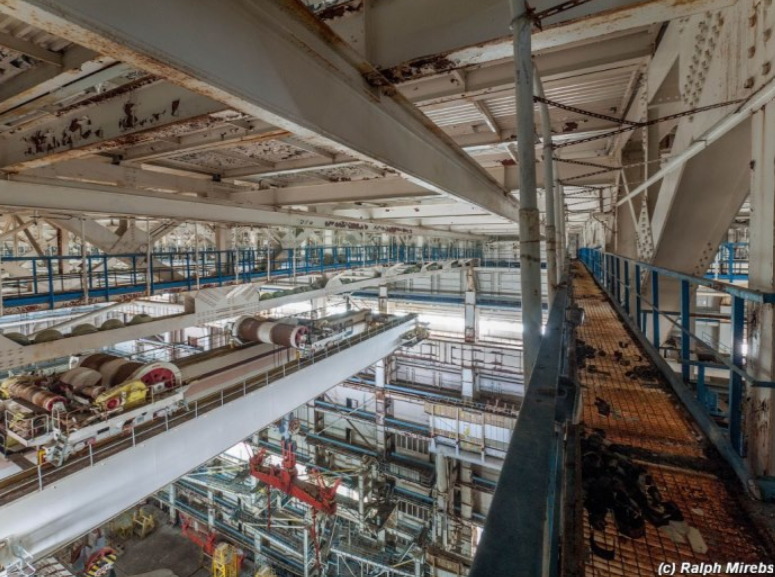
The hangar was built in 1974 as part of the Buran Space Shuttle Program, which resulted in some of the most remarkable exploration vessels ever envisioned due to the integration of cutting-edge technology and innovative design. Even though the Buran Shuttle Program was canceled in 1988, the hangar continued to house three of the cutting-edge technologies of the period right up until 1993.
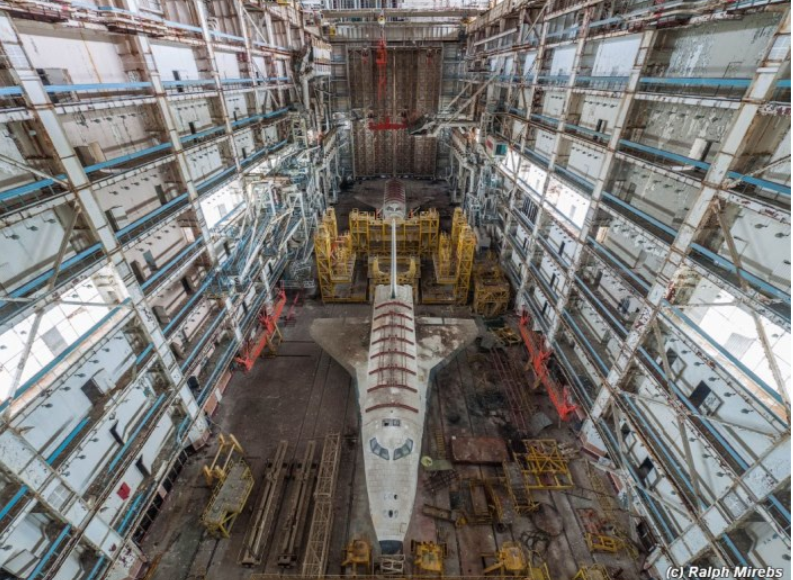
This building was shut down in 1993 as the Soviet Union disintegrated. Unfortunately, only one of the three shuttles was ever used on a mission. The shuttle made one unmanned orbit before being destroyed when another hangar fell on top of it.
In an abandoned building in Kazakhstan, the two remaining shuttles from the defunct Buran space program collect dust and slowly become priceless artifacts of the past.
The building was so technologically advanced that it even had mechanisms to regulate atmospheric pressure to keep dirt and debris outside its impenetrable walls. These mechanisms are no longer operational, and nature is gradually reclaiming the vast formerly-manmade space.
Every day, more and more dust and bird droppings can be seen on the shuttles. The ceramic tiles used to cover the shuttles are loosening and breaking off, revealing the floor below. The future of these two artifacts from the early days of space travel is bleak.
Considering how common vandalism is on abandoned buildings and other structures, the fact that only a few windows were damaged is surprising. It’s a relief that urban explorers adhere to the credo “Leave only footprints, take only photographs.”
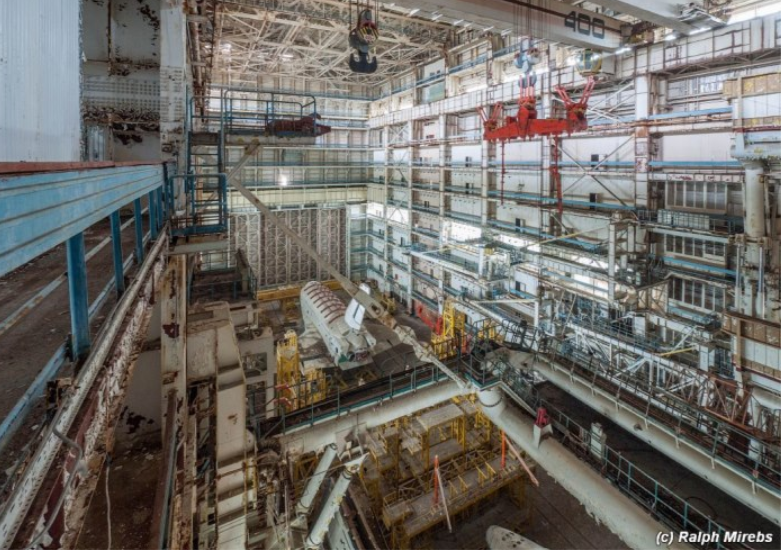
These shuttles are built in a large complex. Just looking up from the ground, we have no idea how big this is. Isn’t it odd that our civilization’s spaceships are stored in a long-abandoned, forgotten relic?
The vastness of this structure is highlighted by the bright yellow platforms. They’re mounted on pneumatic rollers so they may easily travel between the various shuttles and platforms. You’d assume something like this would be in high demand and worth a lot of money.
Now that the air conditioners are out of commission, the walls are rusting and the paint is chipping. Two historical landmarks will be destroyed when this structure eventually collapses.
The functional shuttle appears to have been nearly ready for its first flight when it was grounded during the fall of the Soviet Union. Our surprise lies in the fact that things can be left unattended in light of the fact that the Russian Space Program is still active.
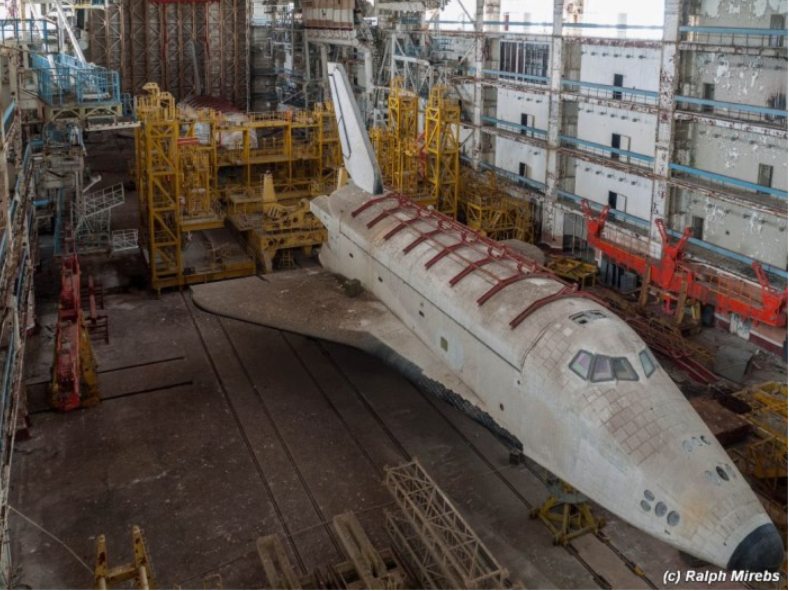
Two space shuttles have been abandoned for so long that the structure that originally housed them will eventually collapse on top of them. With any luck, this piece will get enough interest to get these shuttles restored and into a museum. Discovering a priceless artifact while exploring a neglected or abandoned location is awe-inspiring. What Ralph Mirebs discovered, though, makes this urban exploration the most spectacular we’ve ever seen.
